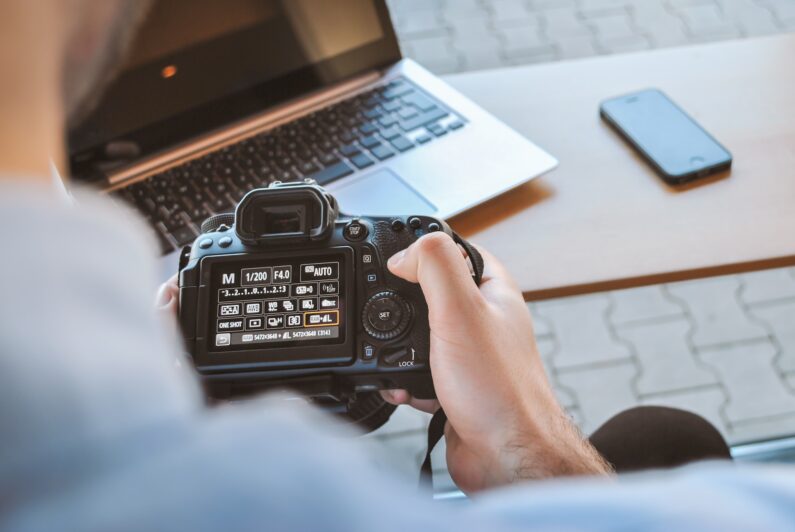In video production, understanding camera settings is paramount. The art of capturing compelling visuals, whether for film, online content, or documentaries, hinges on your ability to navigate through the intricate world of camera settings. We’ll delve into the essentials of camera settings, with a focus on achieving exceptional results in video production.
Key Camera Settings
- Shutter Speed: In video production, shutter speed plays a crucial role in controlling motion and achieving the desired level of blur. When shooting videos, you must consider the frame rate and the shutter speed to maintain a natural motion blur. Fast shutter speeds are ideal for capturing crisp, high-energy scenes, while slower speeds add a sense of fluidity and emotion to your shots.
- Aperture: Aperture controls the amount of light entering the camera and affects the depth of field. Understanding how to manipulate the aperture can help you achieve cinematic shots with a shallow depth of field, emphasizing your subject and creating a professional look for your videos.
- ISO: ISO determines the camera’s sensitivity to light. In video production, balancing ISO is essential to avoid noisy footage. Learn how to set ISO according to your lighting conditions to maintain optimal video quality.
Shutter Speed
Understanding shutter speed is particularly vital in video production. It directly affects the motion portrayed in your videos. You’ll often find yourself adjusting shutter speed based on the frame rate you’re shooting in. Experiment with different settings to capture dramatic slow-motion shots or convey fast-paced action.
Aperture
Mastering the aperture allows you to control the visual aesthetics of your videos. Wide apertures create a beautiful bokeh effect, while smaller apertures offer sharpness throughout the frame. Learn how to manipulate aperture to enhance your storytelling in video production.
ISO and Sensitivity
In video production, ISO is your ally when it comes to adapting to various lighting conditions. Strike the right balance between ISO and image quality to maintain the integrity of your video footage. Avoid excessive noise and grain by choosing the appropriate ISO settings for your video shoot.
Exposure Triangle
The exposure triangle is the cornerstone of camera settings. By understanding how shutter speed, aperture, and ISO interact, you’ll be able to achieve perfect exposure, a fundamental aspect of exceptional video production. Explore exposure compensation to fine-tune your shots further.
White Balance and Color Temperature
White balance plays a pivotal role in video production, as it ensures accurate color representation. Different lighting conditions require specific white balance settings to maintain color fidelity in your footage. Discover the power of custom white balance to achieve professional-looking results.
Metering and Focus
Accurate metering and focus are vital for sharp, well-exposed video footage. Familiarize yourself with your camera’s light metering modes and autofocus techniques to ensure your subjects are crisp and well-lit in your videos.
Creative Camera Settings
In video production, creativity knows no bounds. Explore advanced camera settings and techniques like HDR video, bracketing, and long exposure (bulb mode) to add artistic flair to your projects. Utilize exposure compensation and filters to create stunning visual effects that elevate your videos.
Conclusion
In video production, understanding camera settings is the key to capturing stunning visuals. As you continue honing your skills, remember that practice makes perfect. With a solid grasp of camera settings and creative techniques, you’ll be well-equipped to produce outstanding videos that captivate your audience, setting your work apart in the competitive landscape of video production.
